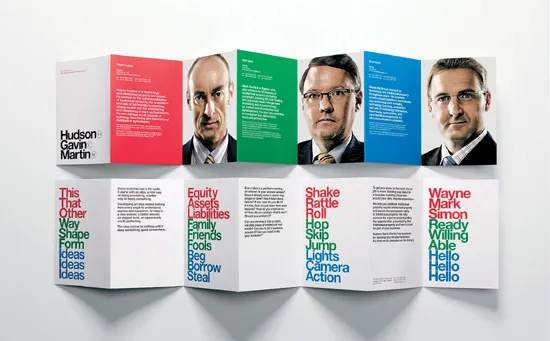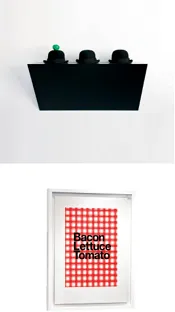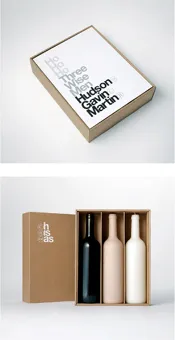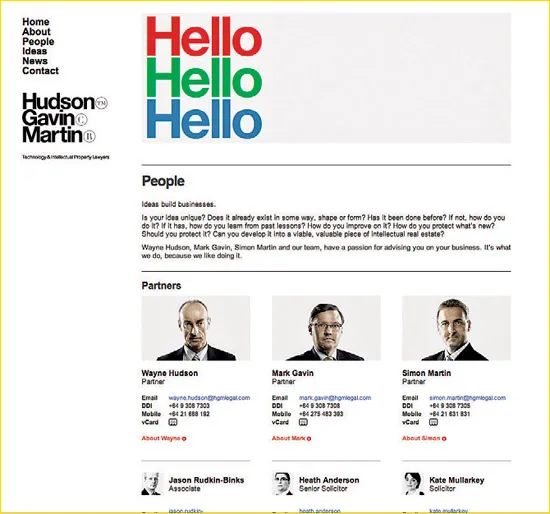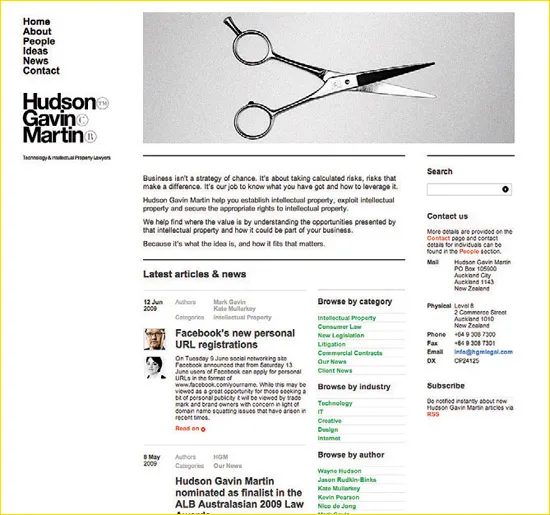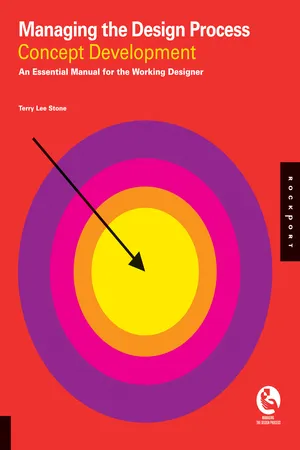
eBook - ePub
Managing the Design Process-Concept Development
An Essential Manual for the Working Designer
Terry Stone
This is a test
- 208 Seiten
- English
- ePUB (handyfreundlich)
- Über iOS und Android verfügbar
eBook - ePub
Managing the Design Process-Concept Development
An Essential Manual for the Working Designer
Terry Stone
Angaben zum Buch
Buchvorschau
Inhaltsverzeichnis
Quellenangaben
Über dieses Buch
This book illustrates the point where theory meets practice in the design studio environment. This book examines design management concepts and methods in real-world applications. Unlike other books on design management, this book is visually stunning, featuring many image-rich case studies to illustrate the fundamentals of design management in a way that speaks to a design audience. The information is not something that is typically taught in design (or business) school—it's learned on the job, making this an invaluable reference for designers.
Häufig gestellte Fragen
Wie kann ich mein Abo kündigen?
Gehe einfach zum Kontobereich in den Einstellungen und klicke auf „Abo kündigen“ – ganz einfach. Nachdem du gekündigt hast, bleibt deine Mitgliedschaft für den verbleibenden Abozeitraum, den du bereits bezahlt hast, aktiv. Mehr Informationen hier.
(Wie) Kann ich Bücher herunterladen?
Derzeit stehen all unsere auf Mobilgeräte reagierenden ePub-Bücher zum Download über die App zur Verfügung. Die meisten unserer PDFs stehen ebenfalls zum Download bereit; wir arbeiten daran, auch die übrigen PDFs zum Download anzubieten, bei denen dies aktuell noch nicht möglich ist. Weitere Informationen hier.
Welcher Unterschied besteht bei den Preisen zwischen den Aboplänen?
Mit beiden Aboplänen erhältst du vollen Zugang zur Bibliothek und allen Funktionen von Perlego. Die einzigen Unterschiede bestehen im Preis und dem Abozeitraum: Mit dem Jahresabo sparst du auf 12 Monate gerechnet im Vergleich zum Monatsabo rund 30 %.
Was ist Perlego?
Wir sind ein Online-Abodienst für Lehrbücher, bei dem du für weniger als den Preis eines einzelnen Buches pro Monat Zugang zu einer ganzen Online-Bibliothek erhältst. Mit über 1 Million Büchern zu über 1.000 verschiedenen Themen haben wir bestimmt alles, was du brauchst! Weitere Informationen hier.
Unterstützt Perlego Text-zu-Sprache?
Achte auf das Symbol zum Vorlesen in deinem nächsten Buch, um zu sehen, ob du es dir auch anhören kannst. Bei diesem Tool wird dir Text laut vorgelesen, wobei der Text beim Vorlesen auch grafisch hervorgehoben wird. Du kannst das Vorlesen jederzeit anhalten, beschleunigen und verlangsamen. Weitere Informationen hier.
Ist Managing the Design Process-Concept Development als Online-PDF/ePub verfügbar?
Ja, du hast Zugang zu Managing the Design Process-Concept Development von Terry Stone im PDF- und/oder ePub-Format sowie zu anderen beliebten Büchern aus Design & Grafikdesign. Aus unserem Katalog stehen dir über 1 Million Bücher zur Verfügung.
Information
Thema
DesignThema
GrafikdesignChapter 1
Applied Creativity

Creativity in a Business Environment
Design is a process, a service, a way of thinking, and an activity that results in objects, systems, artifacts, and outcomes. These results must all work aesthetically, functionally, and commercially. In short, design is applied creativity.
Design is not just for designers. At the very least, it involves a client—someone with a problem, goal, or objective—who engages the designer to provide solutions or meet needs. Design can serve a person, company, product, service, or idea. The client usually has someone they are directing these efforts toward—a customer, community, or audience, and it is typically commissioned by one person, but intended for another. According to AIGA, the professional association for design, “The act of designing is an inherently powerful act. In that act, we share the stage with CEOs, government officials, civic leaders, passionate activists, and fellow citizens.” Getting a handle on the collaborative nature of design required to deal with all these variable factors is no small task.
The Design Council UK says, “Good design is a quantifiable benefit, not a cost. Its value can be measured economically, socially, and environmentally.” Design is a balance of many factors, some objective and some subjective. Clients’ business or organization requirements, technical parameters, cost and time constraints, are all measurable and objective things. While aesthetic preferences, interpretations of design elements like color and form, emotional reactions, and cultural influences are all subjective.
Everything manmade is designed by someone, so it makes sense to consider exactly how and why things are designed. Every business’ requires a designed identity, environment, business papers, sales and marketing materials, and a website. It’s inevitable. Recognizing this and investing in a great design, rather than letting it just happen, is a key ingredient in every successful business.
More and more, clients recognize the value of design. But not every client really understands how to work with a designer. Getting the best out of their design consultants, participating in the process, and effectively interacting with creative people takes practice. Some clients do it over and over. There are individuals who are tasked with this job in large organizations. Small business owners may hire a designer once and rarely after that, simply maintaining the design they started with.
Many designers have trouble managing the design process on their end as well. They have trouble planning and implementing. There are myriad details to deal with, and lots of personalities—from clients to design team to outside suppliers. When you boil it all down, the actual creative act of ideation, is about thirty percent of the project, with seventy percent of the time dealing with issues of facilitation, communication, technology, relationships, expectations, technical specifications, manufacturing, etc. In short, any given job will be largely dealing with management of the design process.
Defining Design’s Power Role
Everything, but especially communication, is becoming increasingly complex. Things change so rapidly due to technology and new ways of interacting as human beings. It had given us more connectivity, but in many ways, less time to enjoy it. Plus product life cycles are shorter, and there is increased competition and a much higher demand for productivity and quality. There is also simply so much competition for everyone’s limited attention. We may have become multitaskers, but you have to wonder how well any of us is accomplishing the task at hand. With increased capabilities there are also increased expectations; therefore, there’s no feeling of ever really “advancing.”
The power of design is that it helps us to rise above these conditions and gets people connected with products and services in real and meaningful ways. Some things clients can expect design to help them accomplish:
• Establish or improve an image
• Identify them (clearly show who/what they are)
• Articulate the brand, its mission, and promises
• Differentiate them, make a product or service stand out from competitors
• Alleviate uncertainty and confusion in the marketplace
• Understand and track performance against competitors
• Boost aesthetic appeal
• Cut through overwhelming amounts of information
• Properly position the product or service
• Develop targeted message
• Package a product or service
• Communicate the benefits and advantages of a product or service
• Establish or improve customer connections/relationships
•...

